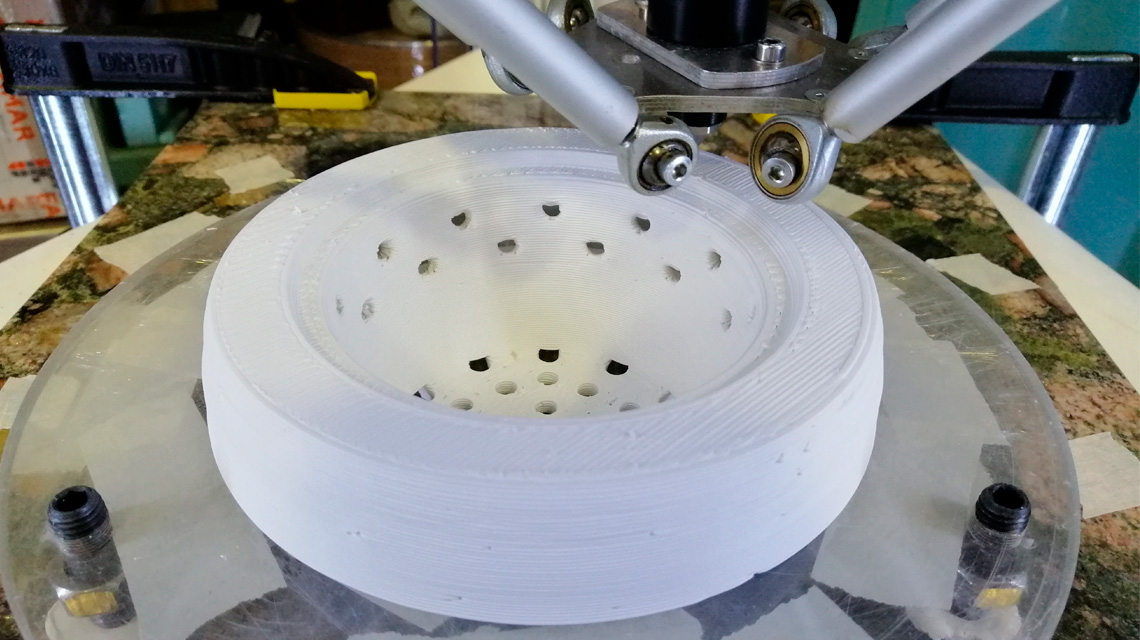Italian National Agency for New Technologies, Energy and Sustainable Economic Development

Energy: ENEA develops ceramic for eco-friendly stoves
ENEA has developed a ceramic prototype brazier for pellet stoves capable of optimizing the combustion process for heat production and cutting polluting emissions. It was developed using 3D printing by the Faenza Materials Technologies Laboratory as part of the Proof of Concept program, promoted by ENEA to increase transfer of innovative technologies to companies and reduce the gap between research results and their potential use/marketing.
“This project allowed us to develop cutting-edge processes, materials and technologies to design and manufacture new components with complex shapes and high chemical-physical and thermo-mechanical properties, like burners and microturbines for energy generation and for the automotive and aerospace sectors”, explained Alessandra Strafella, ENEA researcher at the Faenza Laboratory of Material Technologies.
“Braziers are among the most studied components to optimize the performance of stoves, considering that they endure extreme operating conditions. In fact, they must have remarkable thermo-mechanical properties to hold their shape under use conditions, like resistance to thermal shock, wear and oxidation” said Strafella.
The most common cast iron braziers on the market have a limited operating temperature range as they have a melting temperature limit. The high thermomechanical, chemical and wear resistance of technical ceramic materials guarantees the brazier more constant operating conditions at high temperatures[1], but so far the high production costs have limited their widespread use.
“In our laboratory we succeded in overcoming this limit with 3D printing, which allows to obtain components with complex geometry while minimizing the amount of material needed for forming, post-process machining, manufacturing times and energy consumption. Component manufacturing takes place at room temperature, making the entire process sustainable”, concluded the ENEA researcher.
In the first phase of the experiment an advanced ceramic material - thialite (aluminum titanate) - with high resistance to thermal shock (a fundamental property for the ignition and shutdown phases of the brazier) was identified. The ENEA team then developed a water-based ceramic paste, optimized to minimize the use of organic additives and make it compatible with 3D printing technology. The CAD drawing of the brazier was provided by the project partner Palazzetti Lelio spa, specialized in woody biomass domestic heating systems, which also tested the component in real operating conditions, i.e. in a pellet stove.
Photos
Notes
[1] In theory, the component in ceramic material can reach very high temperatures (1500°C) which would be unthinkable for a metal analogue. This potential can be concretely used both to raise the temperature of the stove, improving yields and reducing emissions, and to apply the Additive Manufacturing technology and ceramic pastes for larger plants like gasifiers in biomass plants
